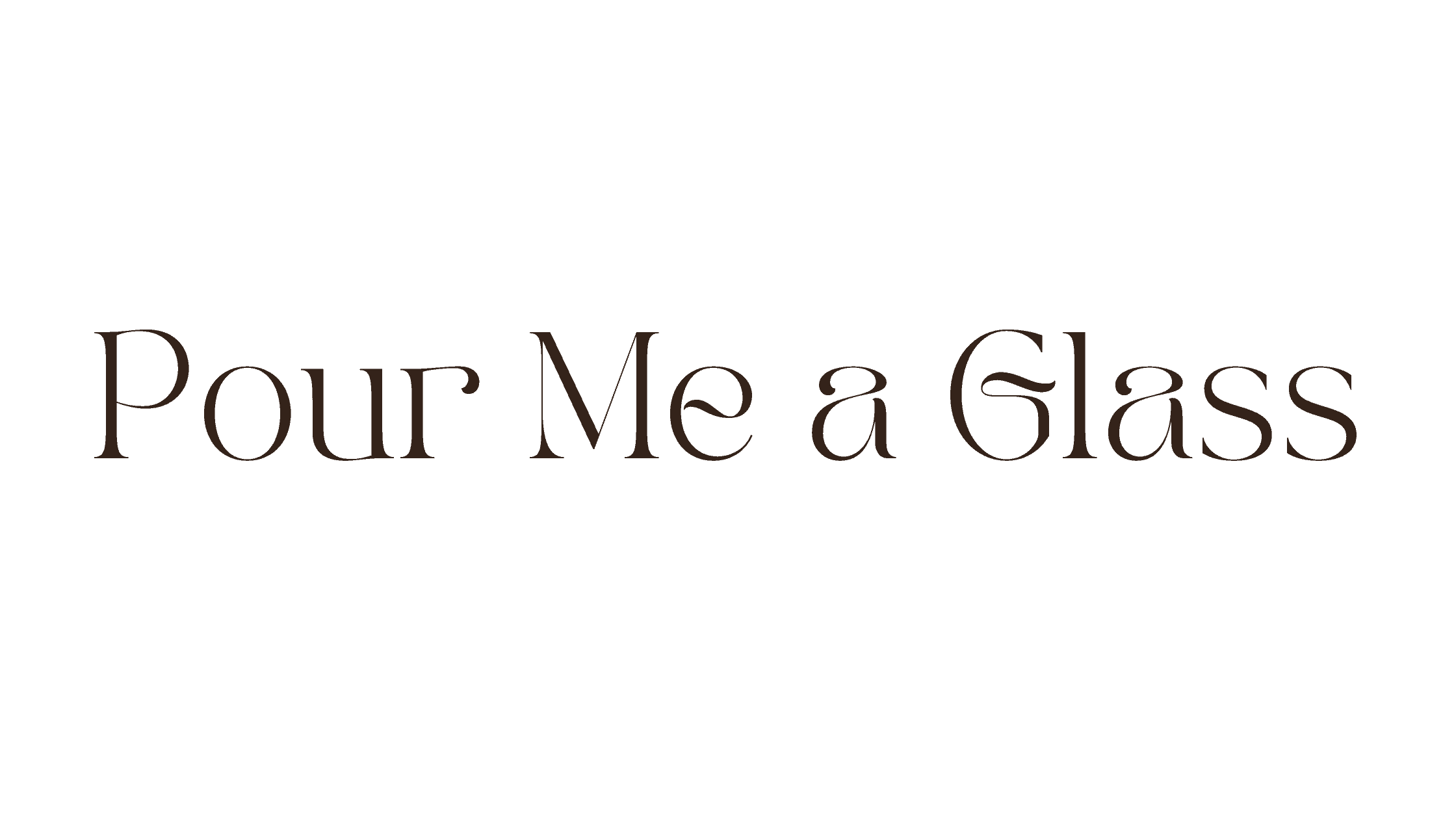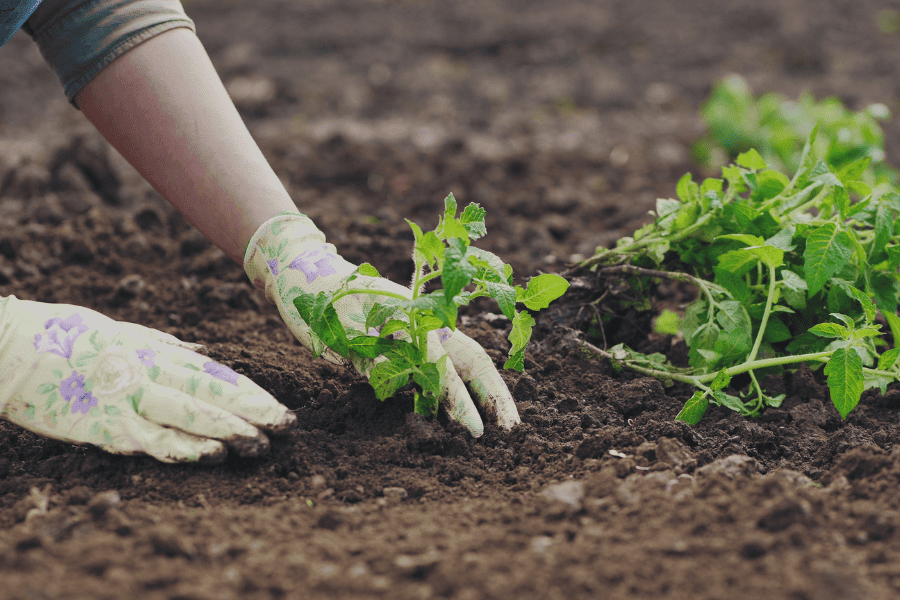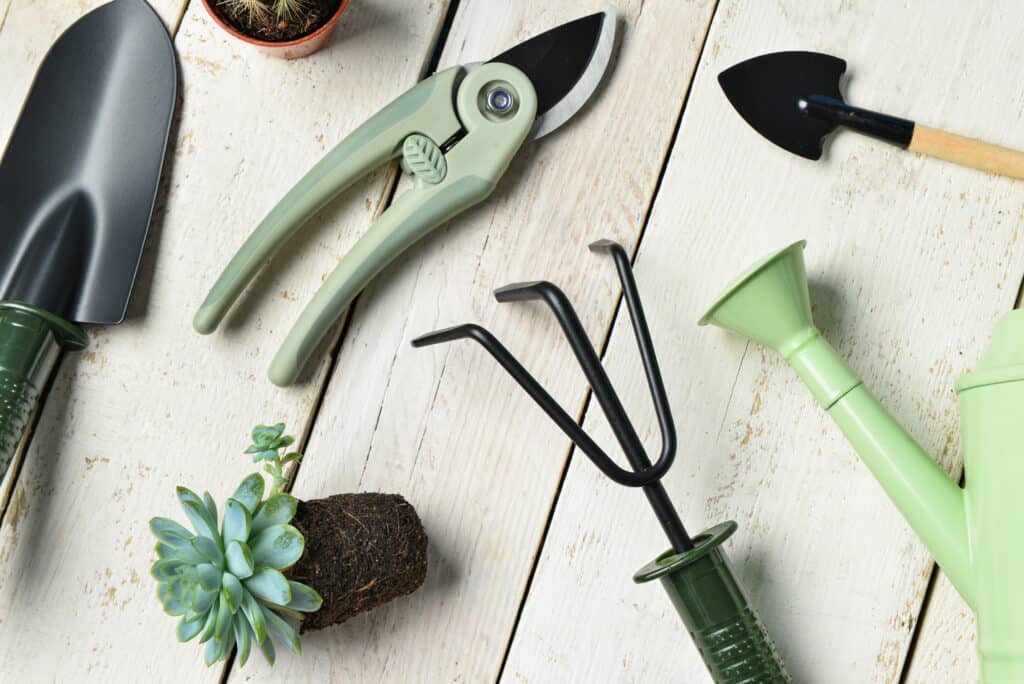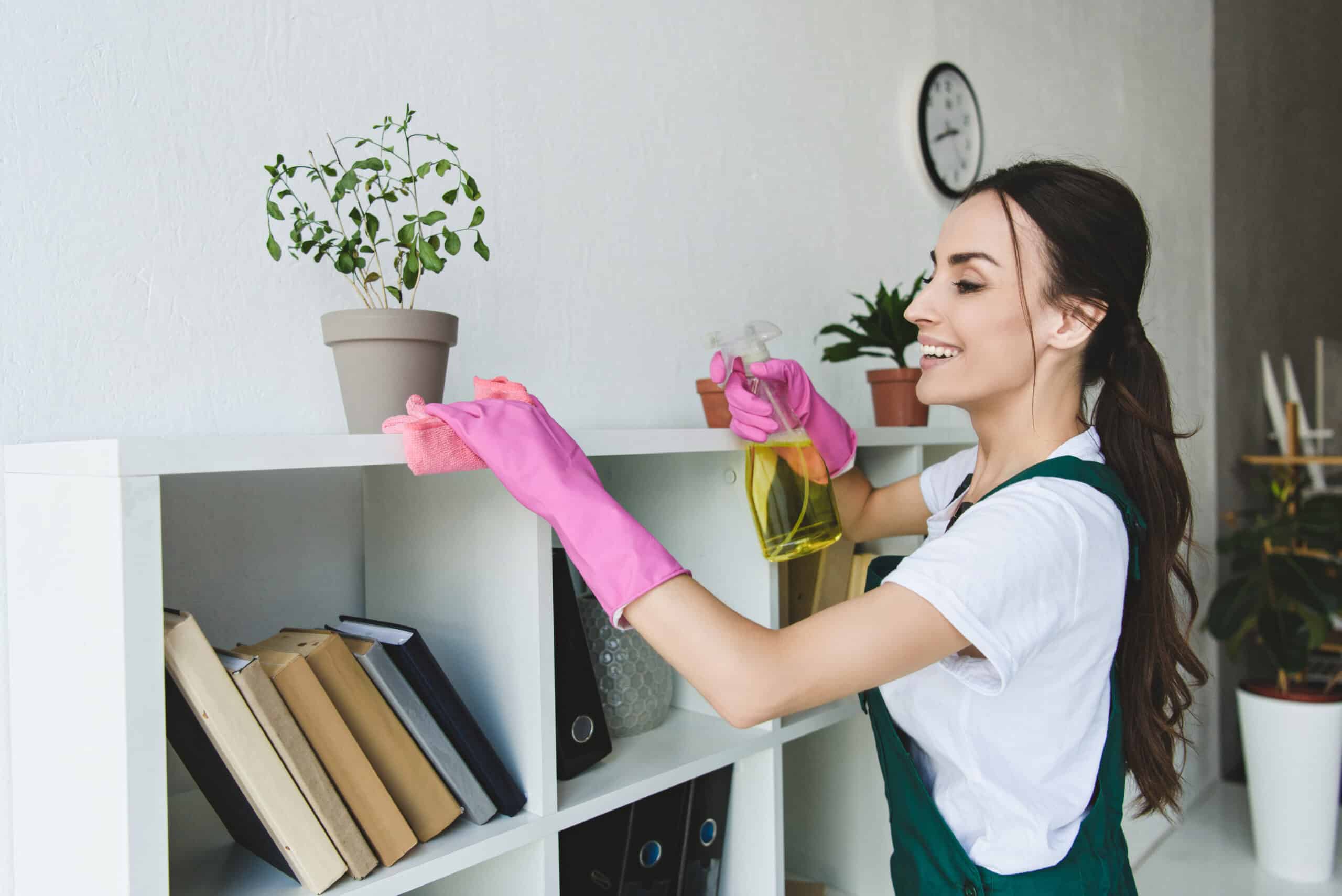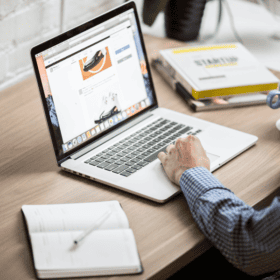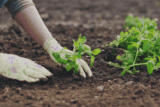This blog post is all about the best way to start a vegetable garden!
Starting a vegetable garden is the best and most rewarding hobby you could have. Knowing exactly where your food is coming from and what is added makes vegetable gardening WORTH IT!
You will realize that your vegetables taste entirely different from what the grocery store has. Your vegetables will be fresh, have more flavor, and be free of pesticides and harmful chemicals that are more than likely sprayed on them.
Here’s the BEST WAY To Start a Vegetable Garden!!
Start a Vegetable Garden in 2024
Gardening Methods
Raised Garden Bed
Raised Garden Beds are a great alternative to inground gardening, especially if you don’t have an area to put an inground vegetable garden. Having a raised bed will also keep inground bugs that aren’t beneficial, such as maggots, from killing your plants. Raised garden beds can also prevent many plant diseases that you could possibly get from an inground garden.
The TOP 5 benefits of a raised garden bed are:
- Easier weed control
- Better accessibility
- Improved soil quality
- Pest Control
- Versatility in location
Container Gardening
Container gardening is an excellent method for tight spaces. If you currently do not have the space to put a raised or inground garden, container gardening is for you. You will be able to still grow many vegetables, such as tomatoes, potatoes, herbs, carrots, hot peppers, letucee, spinach, you name it!
Another great thing about a container garden is that it’s easy AND quick.
The TOP 5 Benefits of Container Gardening:
- Great for Small Spaces (apartments or small backyards)
- You’ll be able to move around your containers
- Easy and ready to use
- Extend the gardening season by moving containers indoors.
- Versatility
Inground Garden
Inground gardening is the most cost-effective type of gardening method. This method is directly sowing your plants or transplanting your vegetable plants to your worked native soil. Inground gardens are, for the most part, permanent.
In order to get an inground garden ready since it’s a permanent location, you have to ensure adequate sun exposure, good drainage to prevent the roots from rotting and work the ground to create a great garden bed.
Inground gardens require a little more work, especially keeping the weeds at bay. You also have to make sure your soil is not contaminated.
The TOP 5 Benefits of an Inground Garden
- Cost-effective
- Custom size (as big or small as you’d like)
- Deep root growth (if the land is worked properly)
- Long-term stability, unlike raised garden beds or containers
- It could be low maintenance if maintained well
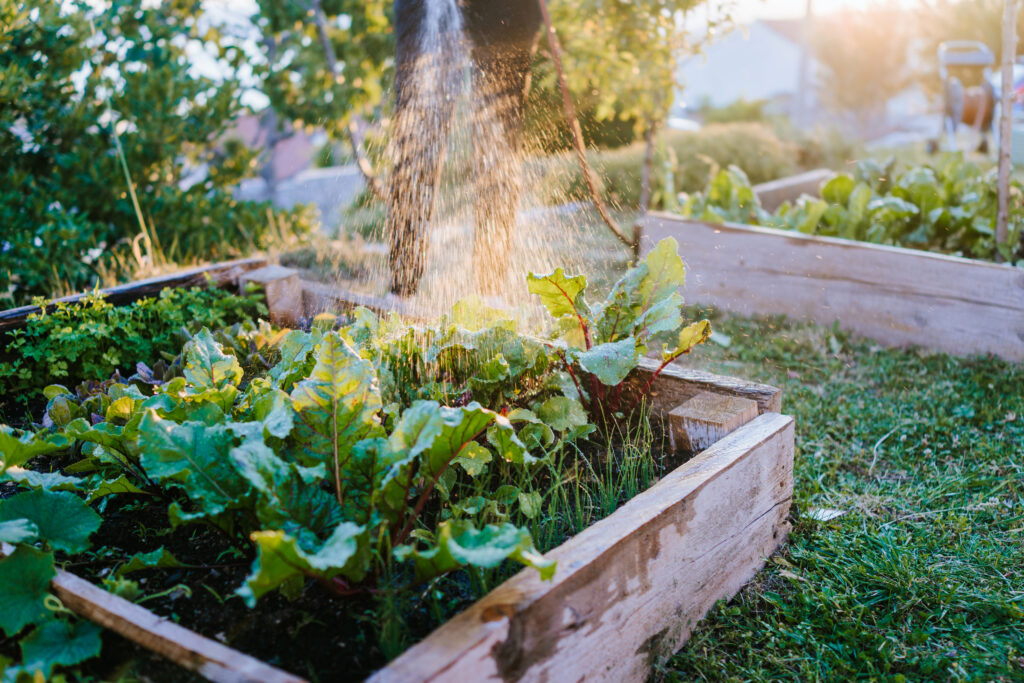
5 Gardening Tips
Start Small
The best tip for beginners who want to start a vegetable garden is to start small. Gardening isn’t for everyone. If you want to test it out and see if you like it, start small. That way, if gardening doesn’t suit your lifestyle, you will be able to take it down and move on.
Generally, I recommend starting on a raised garden bed. That way, if you do not want to garden anymore, you’ll be able to take it down and save the grass underneath.
Plant ONLY what you Like and Will eat
Seeing the catalogs of different varieties of vegetable plants will make you want to plant them ALL. But more often than not, when you plant vegetables you generally do not eat, it will all go to waste. It will waste your time, effort, and work to plant and care for something you will not eat or like!
Plant in the RIGHT Place
Getting the right amount of sun exposure is CRUCIAL for your garden. You do not want to plant in an area where it’s mostly shaded throughout the day. Most vegetable plants require a minimum of 12 hours of sun exposure for them to grow and produce a great yield.
In order to see where exactly the best place to start your vegetable garden is, go outside at different times of the day and track where the sun hits the majority of the day. This is where you are going to plant your garden!
Water Consistently
One of the best ways to ensure your vegetable garden is growing is by watering it consistently. Stick to a time that works for you. The best time to water your garden is in the morning or later in the evening. Preferably not in the afternoon when the sun is beating down on your garden.
Know Your Zone
Knowing what zone you are in is also crucial. The United States is broken into 10 zones. Zone 1 starts in the Northern part of the States, and 10 ends in the Southern part of the States. The lower the number, the colder the zone is.
Knowing your zone is important because it will determine when you should start your seedlings and when it’s a safe time to transplant them outside. You will also gain so much information on which vegetable plant will perform better in your zone than others.
A quick Google search can tell you what zone you are currently in!
5 Gardening Mistakes
Letting the Weeds Get out of Control
The BIGGEST mistake you can make is letting the weeds get out of control. They will take over and make it completely impossible to clear them out when they’re out of control. Weeds can also bring pests and diseases which can affect the yield or kill your vegetable plants.
NEVER let the weeds go to seed, either. Weeds that go to seed produce a large number of seeds, which can then fall and start the cycle of more weeds. They can start reappearing every year from all the seeds in your soil.
Not planting flowers to attract pollinators like bees
The second BIGGEST mistake you can make is not planting flowers that attract pollinators!!!
I experimented for a year where I didn’t plant flowers to see if the bees would come, and they didn’t, which affected my yield TREMENDOUSLY!! I will NEVER EVER NOT PLANT flowers that attract pollinators.
The best flowers to attract pollinators are bright flowers! Sunflowers, Cosmos, Snapdragons, Lavender, Zinnais, and more!
inconsistent watering
Inconsistent watering will put a dent in your plant growth and yield. Overwatering it one day will not cover the next few days. You need to try to water around the same time and the same amount of water every day in order to really reap the benefits of your garden.
Planting too far from the water source
Starting your vegetable garden too far from the water source will add only to your labor. You will then need to start hauling water to your garden, which is neither practical nor ideal. It is one of the easiest ways to burn out from gardening.
planting too close
Planting too close will impact your yield; it’s easier for diseases to jump over and affect your other vegetables, and they can also experience stress!! I’d say they’re a little claustrophobic.
5 Best Beginner Gardening Tools When you start a vegetable garden
Gardening Gloves
Gardening gloves are a MUST. The best gardening gloves are the ones that are breathable, lightweight, and nonslip. The breathability will allow air to flow into the glove, making your hand less sweaty. The lightweight will also help prevent your hands from sweating to the point where they’re dripping out.
The GAME CHANGER, though, is making sure it’s nonslip. Nonslip gardening gloves are the best and so helpful when pulling weeds, transplanting your plants, or needing a better grip.
Pruning Shears
Almost all vegetable plants need pruning when you start a vegetable garden. Pruning shears are mostly used to encourage your vegetable plant’s growth and appearance. You also want to prune any stems or leaves touching the soil to prevent your plant from getting diseases.
THESE are the BEST and most affordable Pruning Shears ever!!
Trowel
Trowels are SOOOO HANDY when you start your vegetable garden!! Trowels can be used to dig in tough soil, dig all the holes for your plants when transplanting, loosen your soil, and encourage your plants to grow!
Seed Spacer
THE BIGGEST GAME CHANGER OF ALL is a Seed Spacer. This is THE BEST Seed Spacer on the market, and it helps you out in SO MANY ways!!
They must be spaced evenly if you are directly sowing your seeds into your soil. This Seed Spacer does all the measuring for you! It also comes with a stick to make a hole in the soil and a funnel to plant your seed.
You never want to plant your seeds too close to each other because it will make it easier for diseases to travel and significantly impact your garden’s growth! Hence, everyone needs a Seed Spacer!
Cultivator
The ULTIMATE Way To Start a Vegetable Garden in 2024
The best way to start a vegetable garden in 2024 is simply by starting. Gardening takes years to master, and every year, it’s different. Applying good gardening tips and avoiding mistakes will help you tremendously when you start a vegetable garden.
| Gardening Tips | Gardening Mistakes |
| start small | Letting the weeds get out of control |
| plant only what you will actually eat | Not Plant Flowers to Attract Pollinators |
| Plant in the right place | Inconsistent Watering |
| Water Consistently | Planting to Far From a Water Source |
| Know your Gardening Zone | Planting to close |
The BEST Gardening tools for Beginners:
